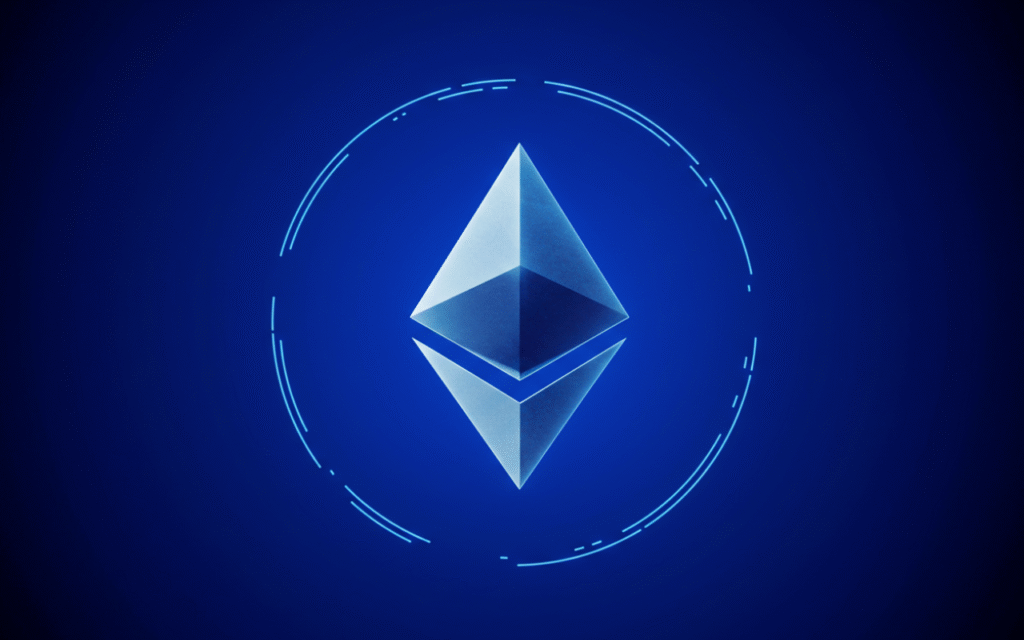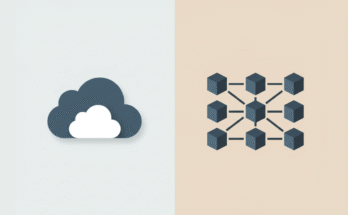Welcome to the world of blockchain and smart contracts! If you’ve found yourself here, you’re likely curious about how to read a smart contract on Etherscan. Whether you’re a crypto enthusiast, an investor, or just someone keen to understand the mechanics behind decentralized applications, this guide is for you.
What is a Smart Contract?
Before we jump into Etherscan, let’s quickly recap what a smart contract is. In simple terms, a smart contract is a self-executing contract with the terms of the agreement directly written into lines of code. These contracts run on blockchain networks like Ethereum and automatically enforce and execute actions based on predefined rules.

Introducing Etherscan
Etherscan is a popular block explorer for the Ethereum blockchain. It allows users to view transaction histories, wallet balances, and yes, smart contracts. Think of it as a search engine for Ethereum, where you can look up any transaction or smart contract.
Step by Step Guide to Reading a Smart Contract on Etherscan
Curious about smart contracts and want to explore them on Etherscan? You’re in the right place! Whether you’re a blockchain newbie or just want to dive deeper, reading a smart contract is easier than you think. Let’s break it down step by step.
[Step 1] Find the Contract Address
To read a smart contract, you first need its address. This is a unique identifier on the Ethereum blockchain. You can usually find the contract address on platforms where the token or project is discussed, such as their official website, whitepaper, or even social media channels.
[Step 2] Navigate to Etherscan
Go to Etherscan.io. You’ll find a search bar at the top of the homepage. Enter the contract address here and hit “Enter”.
Step 3: Access the Contract Page
Once you’ve entered the contract address, you’ll be taken to the contract’s overview page. Here you can see basic information like the balance, transactions, and token transfers associated with this contract.
Step 4: Explore the “Contract” Tab
Click on the “Contract” tab. This section provides you with two crucial pieces of information, the contract’s source code and its ABI (Application Binary Interface).
→ Understanding Source Code
The source code is where you’ll find the logic of the smart contract. It’s written in Solidity, Ethereum’s most commonly used programming language for smart contracts. If you’re not familiar with Solidity, you might not understand everything at first glance, but don’t worry! With some research and practice, it becomes more digestible.
→ ABI (Application Binary Interface)
The ABI is essentially a list of functions and how they can be called. It serves as an interface between two binary program modules, in this case, you or your application, and the smart contract.
[Step 5] Check Out the “Read Contract” Tab
The “Read Contract” tab allows you to view functions that are part of the smart contract. These functions are typically labeled as “view” or “pure”, meaning they don’t modify the blockchain’s state and can be called without sending a transaction.
[Step 6] Explore the “Write Contract” Tab
In contrast to “Read Contract”, the “Write Contract” tab lets you interact with functions that can modify the blockchain state. You’ll need to connect your wallet (e.g., MetaMask) to perform these actions since they require gas fees.
[Step 7] Analyze Transactions
Head over to the “Transactions” tab to see all transactions involving this smart contract. This can give you insights into how active the contract is and how users interact with it.
Why Read a Smart Contract?
→ Understanding a smart contract can offer several benefits:
- Transparency: Know exactly what rules govern a decentralized application.
- Security: Identify any potential vulnerabilities or backdoors.
- Investment Insight: Evaluate whether a project aligns with your values and expectations before investing.
Tips for Safe Exploration
- Verify the Contract: Ensure the contract is verified on Etherscan. Unverified contracts are riskier, as you can’t see the source code.
- Check Audits: Reputable projects often have their contracts audited by firms like Certik or OpenZeppelin. Look for audit reports linked on the project’s website or GitHub.
- Beware of Scams: Always confirm the contract address matches the official one provided by the project. Scammers often create fake contracts with similar addresses.
- Use Etherscan’s Tools: Features like “Token Approvals” (under the “More” menu) let you check which contracts your wallet has approved to spend your tokens, helping you stay secure.
Why Reading Smart Contracts Matters
Understanding a smart contract on Etherscan empowers you to make informed decisions in the crypto space. Whether you’re evaluating a DeFi protocol, buying an NFT, or auditing a project, reading the contract helps you verify its legitimacy and functionality. It’s a skill that bridges technical knowledge and practical application, giving you confidence in a decentralized world.
Conclusion
Reading a smart contract on Etherscan might seem daunting at first, but with practice, it becomes an invaluable skill in navigating the blockchain world. Whether you’re looking to ensure security, transparency, or simply satisfy your curiosity, Etherscan offers a wealth of information at your fingertips. Remember, every expert was once a beginner. So take your time exploring Etherscan and learning about smart contracts. You’ll be amazed at what you can discover in this exciting digital frontier.



